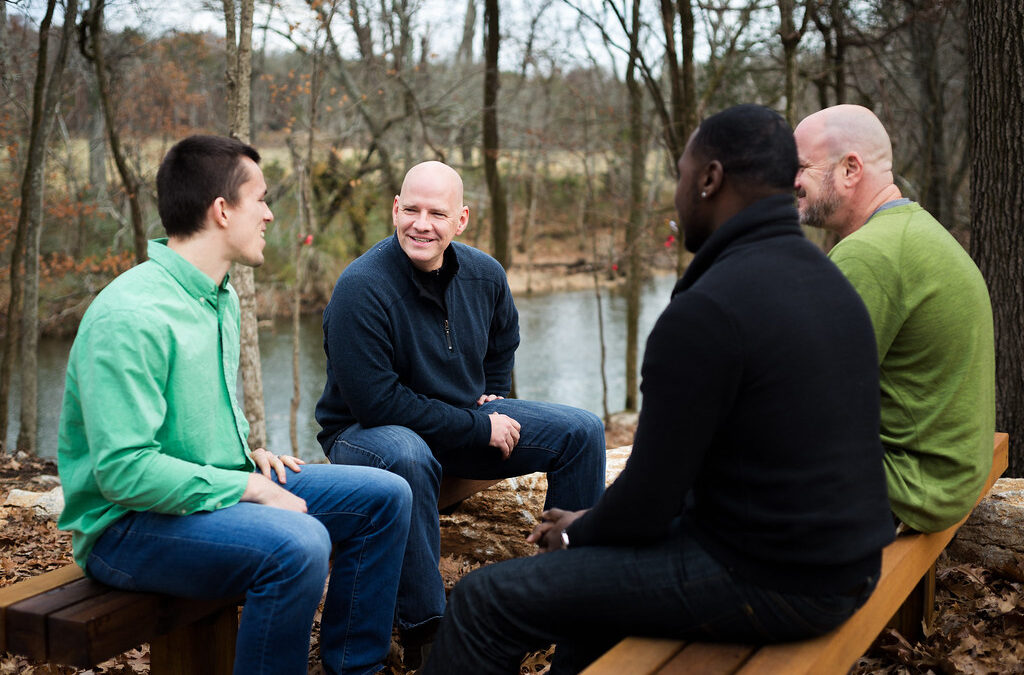In today’s media landscape, the most controversial stories often dominate. Conflict, crisis, and catastrophe lead the headlines, shaping not just what we see but also how we feel.
For many readers, it’s no longer just about staying informed. It’s about how the news makes them feel, and increasingly, that feeling is one of despair.
That’s where constructive journalism comes in.
It’s not about “good vibes only.” It’s not about ignoring injustice or sugar-coating brutal realities. Constructive journalism focus on facts, driven by public interest, and committed to telling the whole story. It includes what people do to respond, recover, and rebuild.
What is constructive journalism?
Constructive journalism is a critical approach that tackles important social issues. It avoids sensationalism, outrage, and polarization. Rooted in the principles defined by the Constructive Institute, it stands on three core pillars: highlighting solutions, covering naunces, and fostering informed democratic dialogue. Instead of simply asking, “What went wrong?”, constructive journalism asks more profound questions like, “Who is addressing this issue? What solutions are being tested? And what can we learn from them?” By showing both problems and solutions, it helps audiences understand the full picture and be inspired.
Our approach
At The Optimist, we believe in telling stories that reflect the full spectrum of ordinary people, especially stories often overlooked in mainstream narratives.
Take our recent piece on a community food market, where surplus food from supermarkets is redistributed at affordable prices. It’s a grassroots response to two major issues: food waste and the cost-of-living crisis. This isn’t a feel-good puff piece. It’s a story about local innovation and resilience in the face of structural challenges.
Constructive journalism doesn’t shy away from problems. It insists on exploring what people are doing about them.
If you’re enjoying reading about constructive journalism – Try this story on staying informed online without losing hope.
Rebuilding trust
If traditional journalism has sometimes focused on the things happening now, constructive journalism explores where we can go further.
In a time when we don’t trust in media and feeling overwhelmed, solution-focused storytelling offers another perspective on news. It provides news that is both truthful and empowering.
Constructive journalism is always “soft news.” It actually requires deeper research to show different perspectives and solutions on the matter.
Examples of this approach can be seen globally:
The Guardian’s The Upside
The Upside is The Guardian’s dedicated constructive journalism series that seeks to changehow we see the world. It features in-depth, solutions-focused reporting from around the globe, often tackling complex issues like climate change, inequality, and public health.
Positive News
Positive News is a UK-based media organisation that pioneered the constructive journalism movement long before it became a trend. With its tagline “the magazine for good journalism about good things,” it publishes uplifting and inspiring stories that celebrate progress, possibility, and human potential. From its weekly round-up of “what went right” to its long-form features, Positive News provides an antidote to doomscrolling, leaving readers feeling informed and hopeful.
Solutions Journalism Network (SJN)
The Solutions Journalism Network, based in the US, is a non-profit organisation, equipping journalists and newsrooms to produce high-quality reporting on responses to social problems. SJN defines “solutions journalism” as reporting that is not just about feel-good stories, but about evidence-based, deeply reported coverage of responses to issues like housing, education, criminal justice, and climate.
Looking for changes
At The Optimist, journalism should do more than inform. It should equip people to act, connect them with others, and inspire a sense of shared possibility.
It doesn’t distract from what’s wrong—it shows what’s possible. Because there is another side to every story. There are people, often ordinary ones, who strive to build a better future even in the shadows of disaster.
If journalism only focus on collapse, it risks collapsing into irrelevance and distrust.



